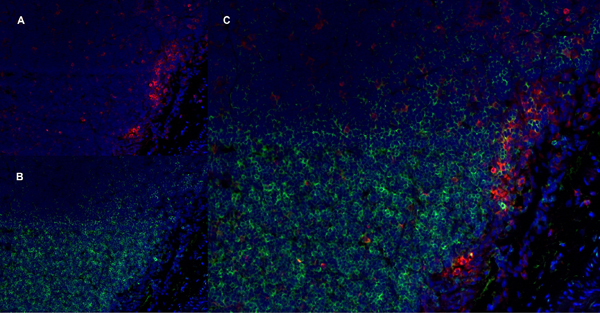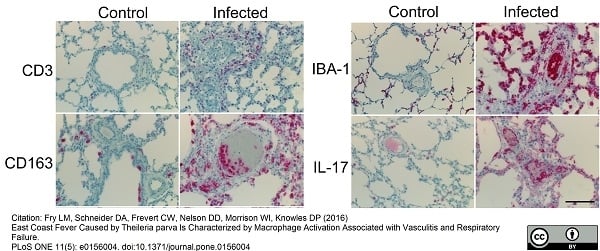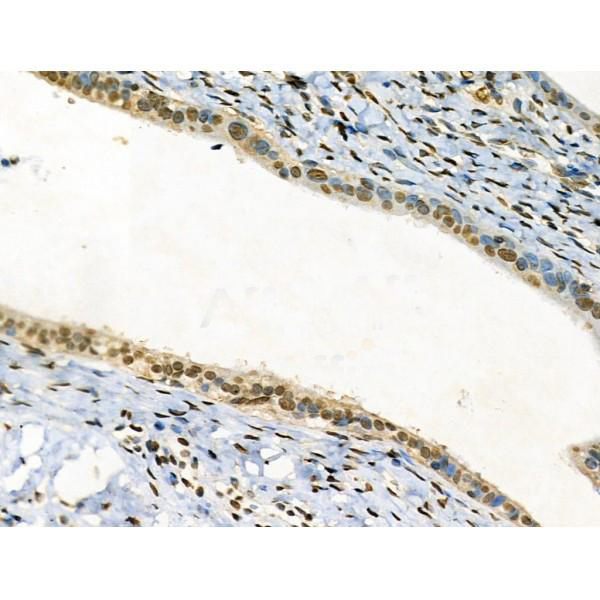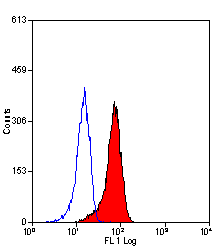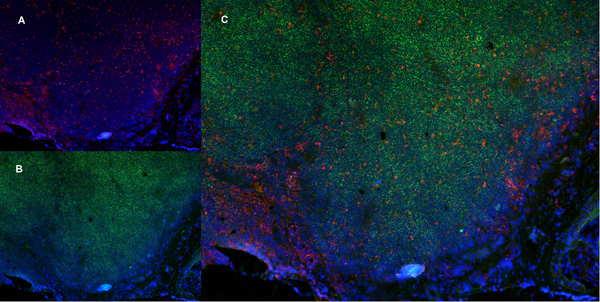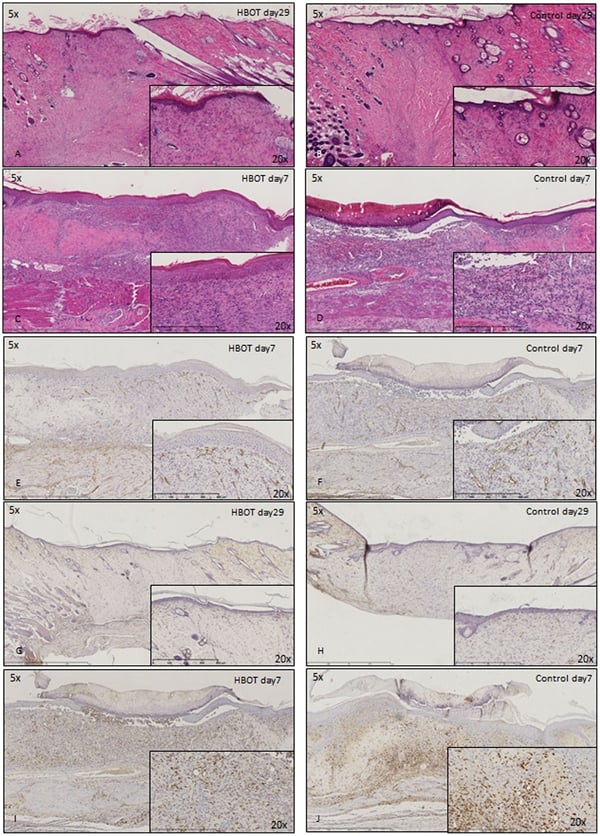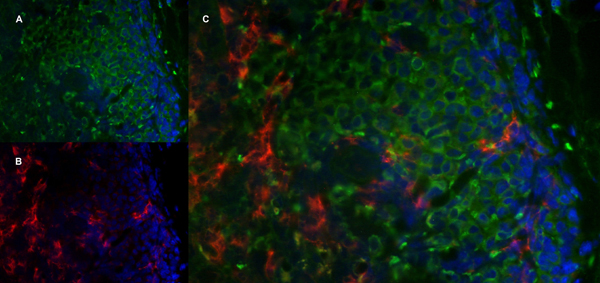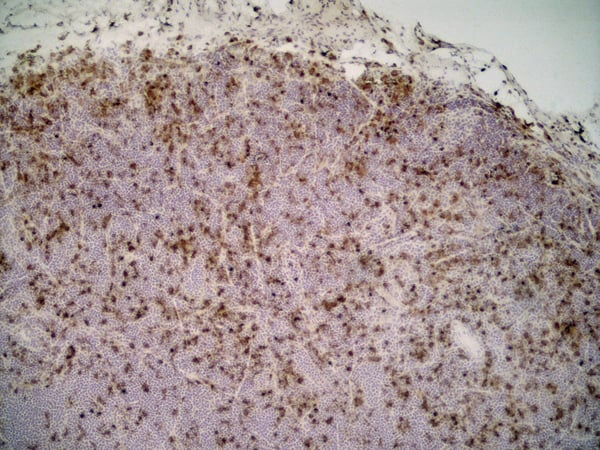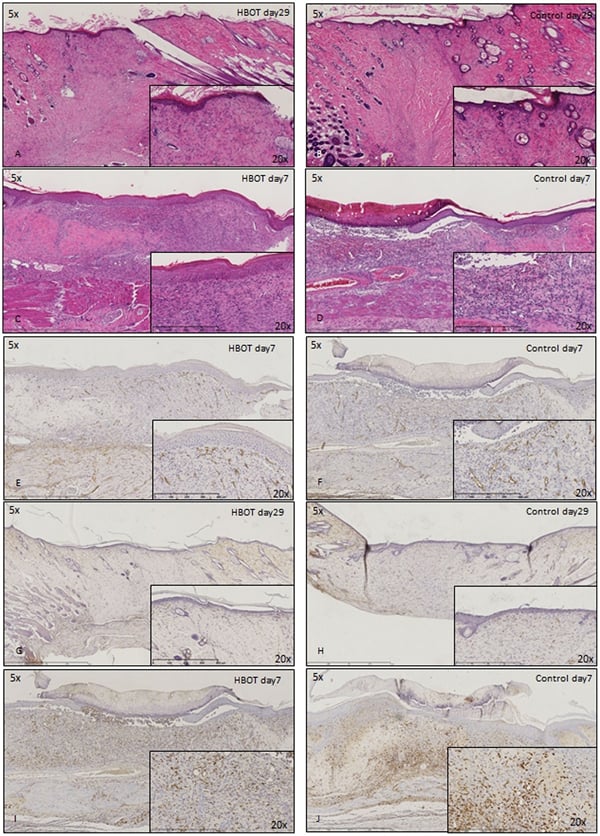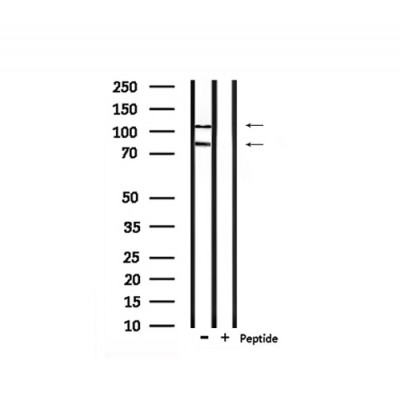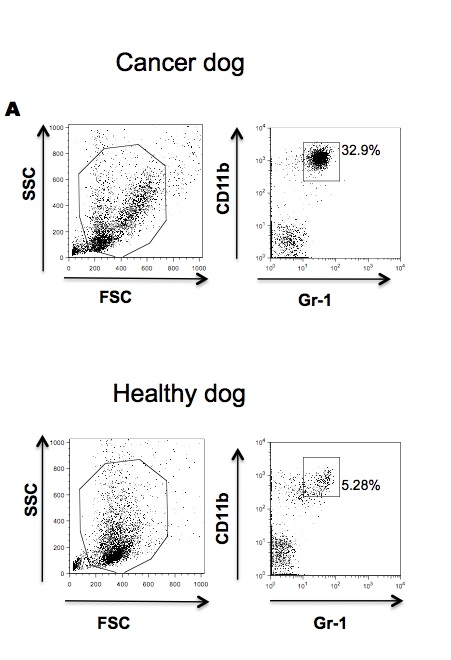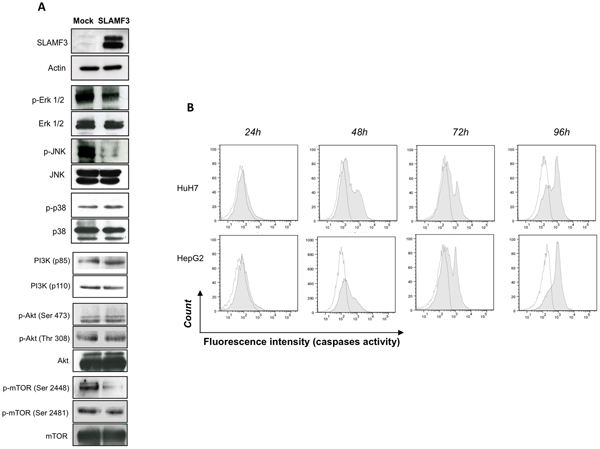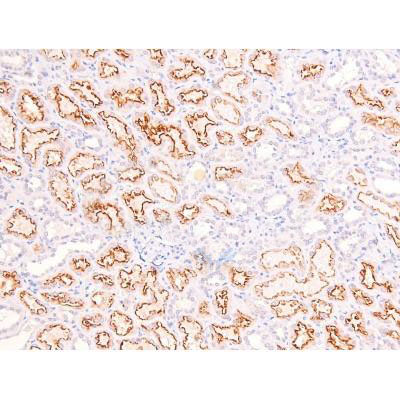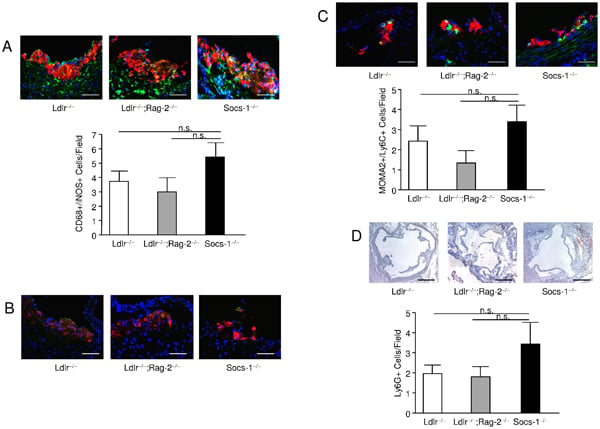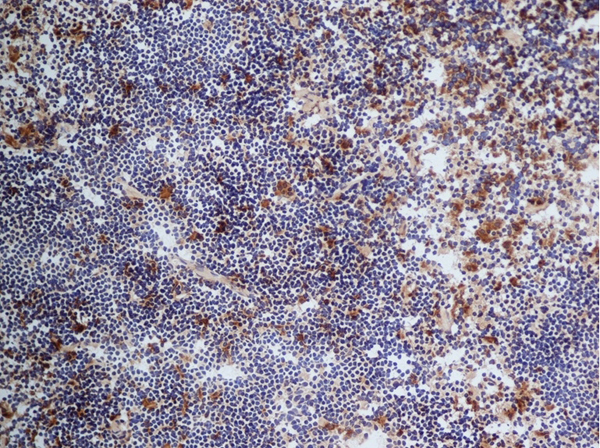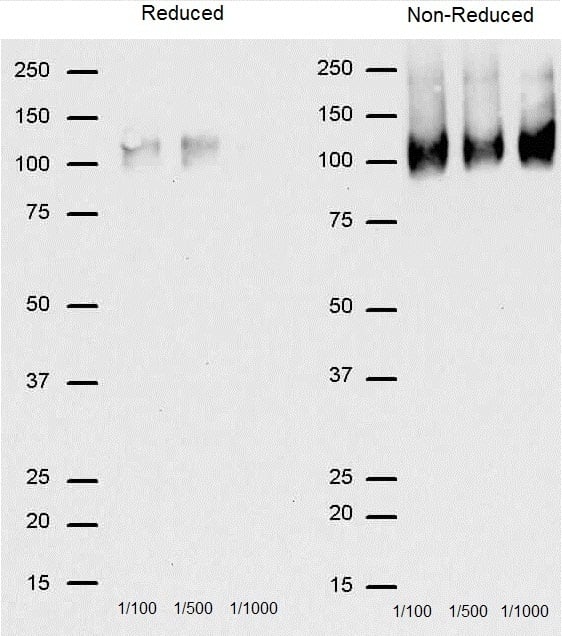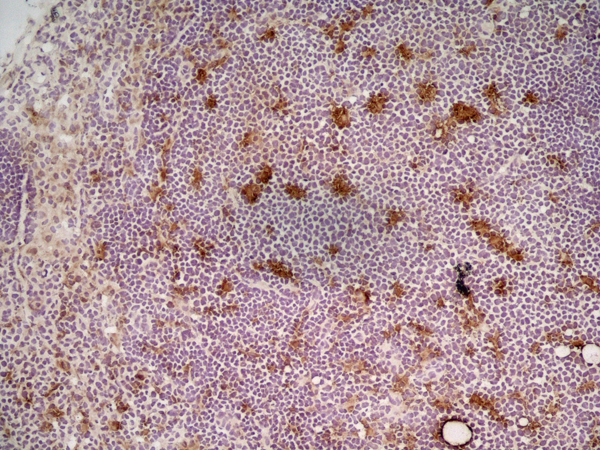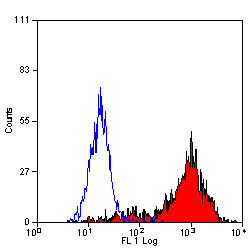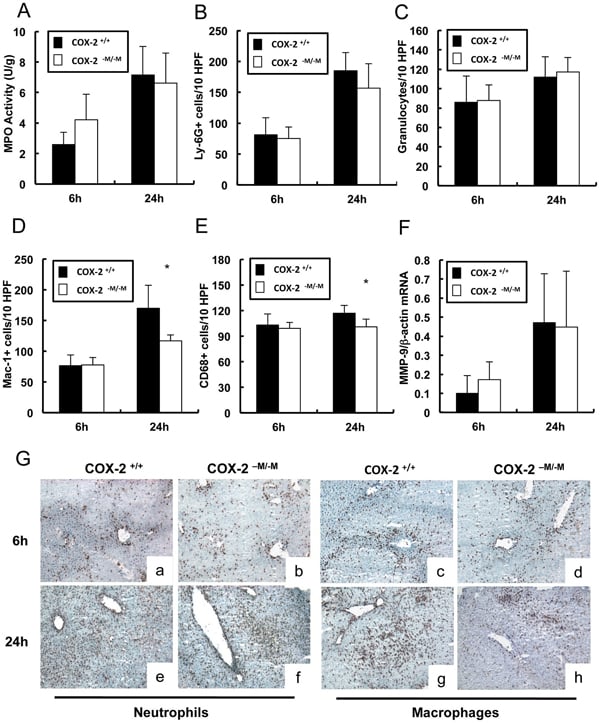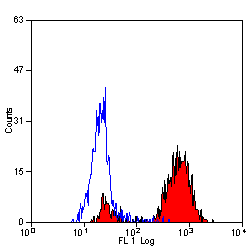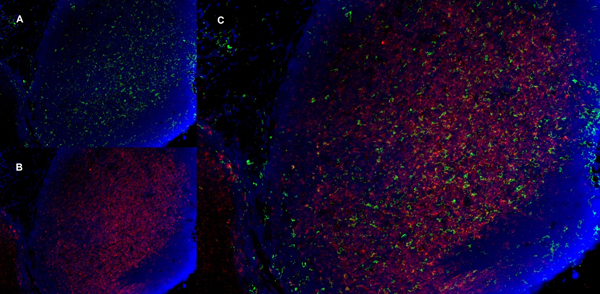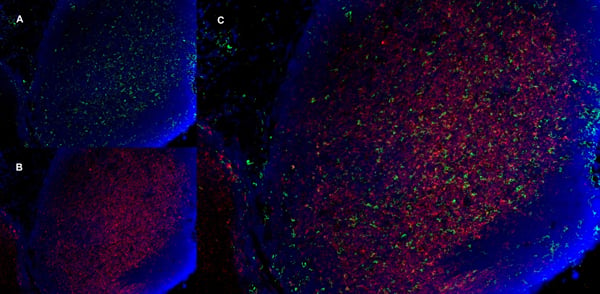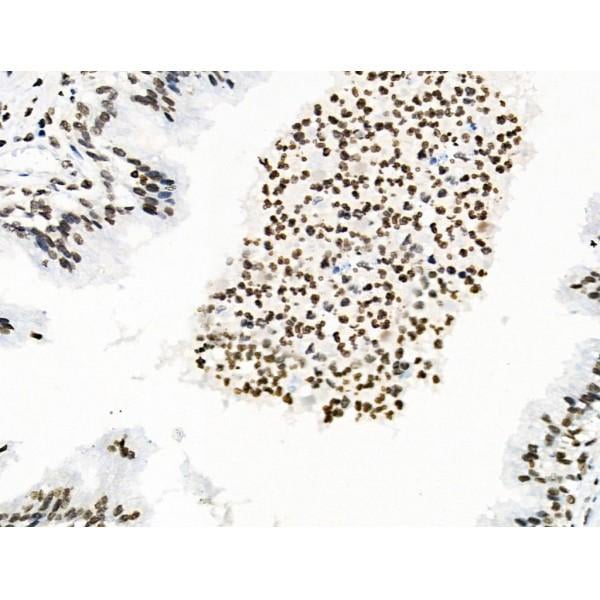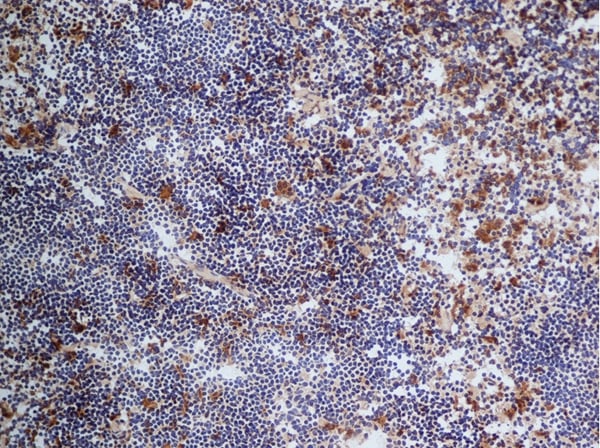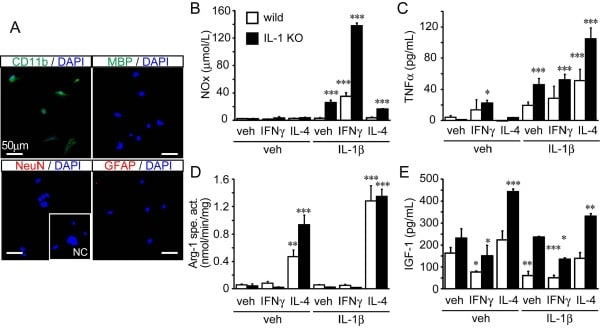Filters
Clonality
Type
Reactivity
Gene Name
Isotype
Host
Application
Clone
307 results for " T Cells" - showing 250-300
LAT, Polyclonal Antibody (Cat# AAA31413)
Predicted Reactivity: Pig (91%), Zebrafish (83%), Bovine (100%), Horse (91%), Sheep (100%), Rabbit (80%), Dog (82%)
CD25, Monoclonal Antibody (Cat# AAA11965)
CD11b, Monoclonal Antibody (Cat# AAA11970)
CD163, Monoclonal Antibody (Cat# AAA12256)
METTL1, Polyclonal Antibody (Cat# AAA19336)
Bub1, Polyclonal Antibody (Cat# AAA31312)
HSP70, Monoclonal Antibody (Cat# AAA27747)
Gr-1, Monoclonal Antibody (Cat# AAA12257)
CD31, Monoclonal Antibody (Cat# AAA12258)
CDK4, Polyclonal Antibody (Cat# AAA31380)
Predicted Reactivity: Pig (100%), Zebrafish (85%), Bovine (100%), Horse (100%), Sheep (100%), Rabbit (100%), Dog (100%), Xenopus (92%)
CD206, Monoclonal Antibody (Cat# AAA12123)
NFAT2, Polyclonal Antibody (Cat# AAA31381)
Predicted Reactivity: Bovine (85%), Rabbit (100%)
CD206, Monoclonal Antibody (Cat# AAA12121)
CD206, Monoclonal Antibody (Cat# AAA12119)
CD206, Monoclonal Antibody (Cat# AAA12124)
CD68, Monoclonal Antibody (Cat# AAA12149)
CD68, Monoclonal Antibody (Cat# AAA12147)
CD206, Monoclonal Antibody (Cat# AAA12120)
CD206, Monoclonal Antibody (Cat# AAA12117)
CD68, Monoclonal Antibody (Cat# AAA12150)
p38 MAPK, Polyclonal Antibody (Cat# AAA31333)
Predicted Reactivity: Pig (100%), Bovine (100%), Horse (100%), Sheep (100%), Rabbit (100%), Dog (100%), Xenopus (91%)
CD206, Monoclonal Antibody (Cat# AAA12122)
CD206, Monoclonal Antibody (Cat# AAA12125)
CD206, Monoclonal Antibody (Cat# AAA12118)
CD68, Monoclonal Antibody (Cat# AAA12151)
CD68, Monoclonal Antibody (Cat# AAA12148)
Quantitative, For Hepatitis B Virus Specific T Cells, Detection Kit (Cat# AAA27976)
NFAT2, Polyclonal Antibody (Cat# AAA31428)
CD11b, Monoclonal Antibody (Cat# AAA12092)
CD229, Monoclonal Antibody (Cat# AAA11951)
CD49d, Monoclonal Antibody (Cat# AAA12002)
RhoA, Polyclonal Antibody (Cat# AAA31383)
Predicted Reactivity: Pig (100%), Bovine (100%), Sheep (100%), Dog (100%)
CD49d, Monoclonal Antibody (Cat# AAA12003)
CD68, Monoclonal Antibody (Cat# AAA12105)
CD68, Monoclonal Antibody (Cat# AAA12104)
CD68, Monoclonal Antibody (Cat# AAA12108)
CD68, Monoclonal Antibody (Cat# AAA12109)
CD68, Monoclonal Antibody (Cat# AAA12102)
CD68, Monoclonal Antibody (Cat# AAA12106)
CD68, Monoclonal Antibody (Cat# AAA12103)
CD68, Monoclonal Antibody (Cat# AAA12107)
Purified IgG - liquid





























